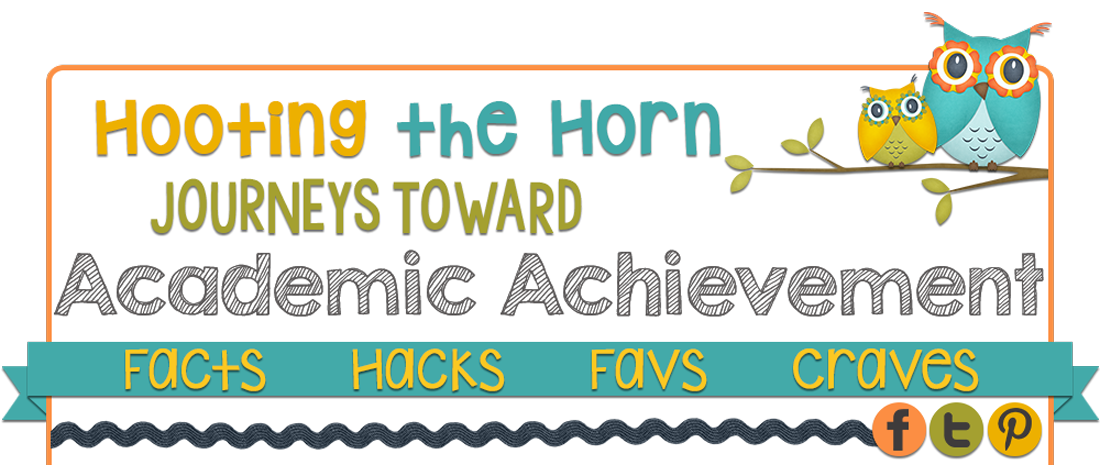 Real-world math. If you’re an educator, know an educator, or
even if you are a student, you’ve heard about the real-world ad nauseam. I’m
quite guilty of using the term. Far too often, that “real world” is something
students read about in math problems and not something they experience. As the
new school year approaches, I’m beginning to think a lot more about the real
world and how I can help students live it in my classroom.
Real-world math. If you’re an educator, know an educator, or
even if you are a student, you’ve heard about the real-world ad nauseam. I’m
quite guilty of using the term. Far too often, that “real world” is something
students read about in math problems and not something they experience. As the
new school year approaches, I’m beginning to think a lot more about the real
world and how I can help students live it in my classroom. I picked up a record. It had two duets by Diana Ross and Marvin Gaye. Yeah, my students would probably give me the blank stare if I mentioned those singers in class. My eyes gravitated towards the length of one of the songs – 2:55. The record wasn’t spinning, but my mind was. My light bulb was getting brighter. I sifted through the records until I found one with 45 R.P.M. on the label. Forty-five revolutions per minute. I thought about the time of the Ross-Gaye duet. I wondered how many revolutions that record spun to play the song from start to finish. I could see my students quickly trying to multiply 2.55 x 45. I would ask them: Does the 55 represent fifty-hundredths or 55 seconds out of 60 seconds? In order to answer this question, it would be easy to type up a problem and print it out. But I want my students to hold records. I want them to look at the times and perform their calculations. Then, I want them to find time length their favorite songs and calculate how many revolutions a record would spin if it included their favorite songs. I started thinking about other record speeds, CD speeds and download speeds. I realized that I could transform my lesson on unit rate and give it a bit of real-world history with a simple 20-cent record.
Truth be told, I spent more than 20 cents. I purchased a
class set. The cashier gave me a funny look as I stacked up my set on the cash
register. I smiled and told him, “It’s for the kiddos.” Although I’m not sure if the records could
count for bringing technology to the classroom, I’ve been invigorated by the
prospect of finishing a good lesson that my students enjoy. Now, if I could
only find a record player…

Thank you for this post! I am a 6th grade math teacher in Texas and found yourt products on TpT very helpful! I look forward to future posts from you.
ReplyDeleteHello, Sarah! Thanks for your comment; you made my day! I'm happy to read that you find my TPT products helpful. Please keep me updated on how they work for you and your students.
ReplyDelete